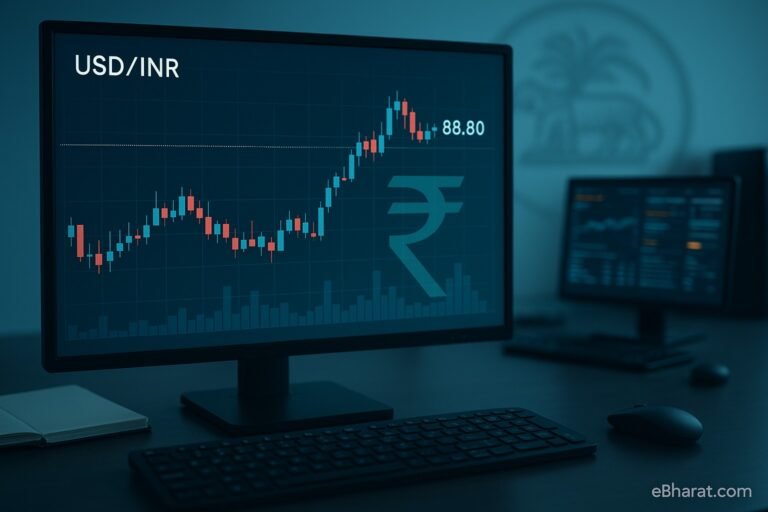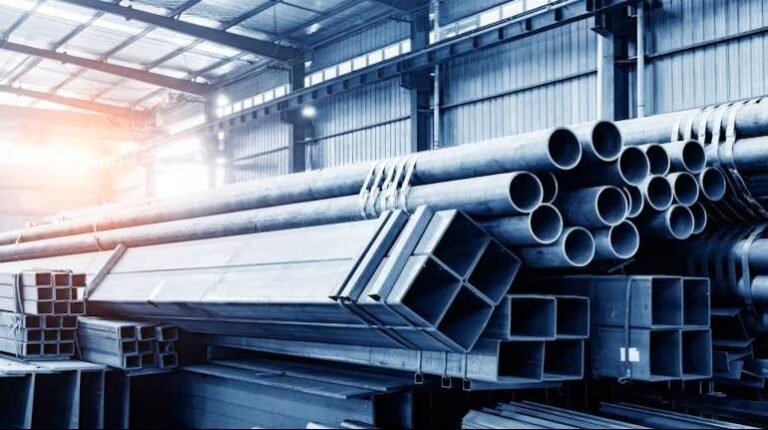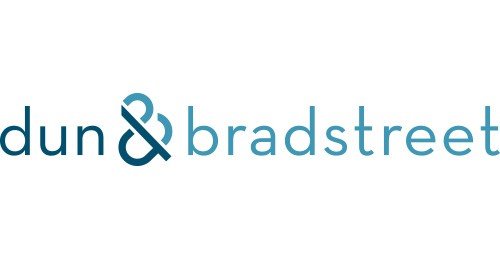
Mumbai | September 30 , 2025 — 08:00 IST
JSW Steel, India’s second-largest private steel producer, is gearing up to announce its September-quarter (Q2 FY26) results, according to the NSE corporate calendar. For traders and investors, the upcoming numbers are more than just a financial update — they serve as a barometer for the entire metals and cyclical space. With volatility in global commodities and India’s infrastructure push continuing, the market is poised to read these results closely.
Why the results matter now
Steel remains one of the most cyclical businesses, highly sensitive to global demand swings, raw material prices, and domestic policy. For JSW Steel, quarterly results offer insights into:
- Spreads and margins: The difference between steel realisations and raw material costs largely dictates profitability.
- Domestic vs export mix: With global trade routes shifting, investors watch whether Indian producers can offset weak domestic demand through exports.
- Capex progress: JSW has one of the most ambitious expansion pipelines in the sector, with major projects at Dolvi and Vijayanagar. Delays or cost overruns here can change investor sentiment quickly.
- Industry read-across: Since JSW commands scale, its guidance often sets expectations for Tata Steel, SAIL, and other peers.
Steel spreads & realisations
The most important metric will be whether steel spreads have stabilised after a volatile first half of the fiscal year. Investors will look at:
- Blended domestic realisations per tonne — has JSW managed to hold prices despite import competition?
- Export vs domestic differential — exports can fetch higher margins in certain windows, but may also expose the firm to currency risks.
- Value-added product mix — the share of VASP (value-added and specialty products) is critical; these typically command premium margins and cushion against commodity price swings.
If JSW can show resilience in realisations, it could reassure the street that pricing power is intact.
Domestic volumes & demand
JSW reported saleable steel volumes of ~6 million tonnes in the year-ago September quarter, with nearly 60% of that from value-added categories. Analysts will watch if domestic offtake continues strong in infrastructure, automotive, and construction segments, especially as government-led spending remains elevated.
Seasonality also plays a role — monsoon months typically see a demand slowdown, so investors want to know if JSW has managed to smoothen volume trends through exports or higher sales to downstream sectors.
Exports & trade dynamics
India’s steel exporters face a balancing act. On one hand, global demand in regions such as Southeast Asia and the Middle East offers opportunities. On the other, duties and protectionist policies in Europe and the US can limit volumes.
For JSW, the percentage of exports in total sales is a key swing factor. If exports form a higher share without margin dilution, the company could mitigate any domestic weakness. Conversely, if export volumes fall or pricing is weak, it may weigh on the quarter’s performance.
Raw material & cost pressures
Costs of coking coal, iron ore, and freight dominate the cost side of steelmaking. A surge in coking coal prices earlier in the year raised concerns on margin compression. Investors will look at:
- How JSW managed procurement — spot vs contracted supplies.
- Any forex or freight cost impacts.
- Hedging or supply agreements that may have shielded the company.
A positive surprise on costs could offset pressure from realisations, while higher costs without pricing support could dent profitability.
Capex updates: Dolvi & Vijayanagar
JSW has earmarked ₹20,000 crore in capex for FY26, with significant spends on Dolvi (Maharashtra) expansion and the next phases of Vijayanagar (Karnataka). Market watchers want clarity on:
- Commissioning timelines — are new lines on track?
- Budget adherence — any risk of overruns?
- Downstream capacity additions — cold-rolled, galvanised, or coated products that enhance value addition.
Capex progress isn’t just about growth; it affects debt levels, cash flow, and the timing of future earnings accretion.
Investor scenarios
- Bullish case: Stable spreads, higher VASP share, strong export volumes, and smooth capex updates.
- Neutral case: Volumes steady but margins pressured by raw materials, with no big surprises.
- Bearish case: Weak realisations, higher input costs, or capex delays that force the market to cut estimates.
By the Numbers (Q2 Watchlist)
| Metric | Focus Area |
|---|---|
| Steel spreads | Realisation per tonne vs input costs |
| Domestic vs exports | Share of volumes, pricing differential |
| VASP mix | % of high-margin specialty products |
| Capex update | Dolvi & Vijayanagar expansion status |
| Raw material cost | Coking coal, iron ore, freight trends |
Outlook
The September-quarter update will be critical for gauging near-term momentum in the steel cycle. For JSW Steel, the story isn’t just about quarterly profit but also about positioning for the next leg of growth through capex and product diversification.
Investors and traders will be watching closely:
- If margins hold despite input cost pressure, the stock could gain strength.
- If expansion remains on schedule, it reassures on long-term growth.
- If exports offset domestic volatility, the company could surprise positively.
Until then, JSW Steel remains firmly on the event radar, with the market set to parse every line of the upcoming results release.













